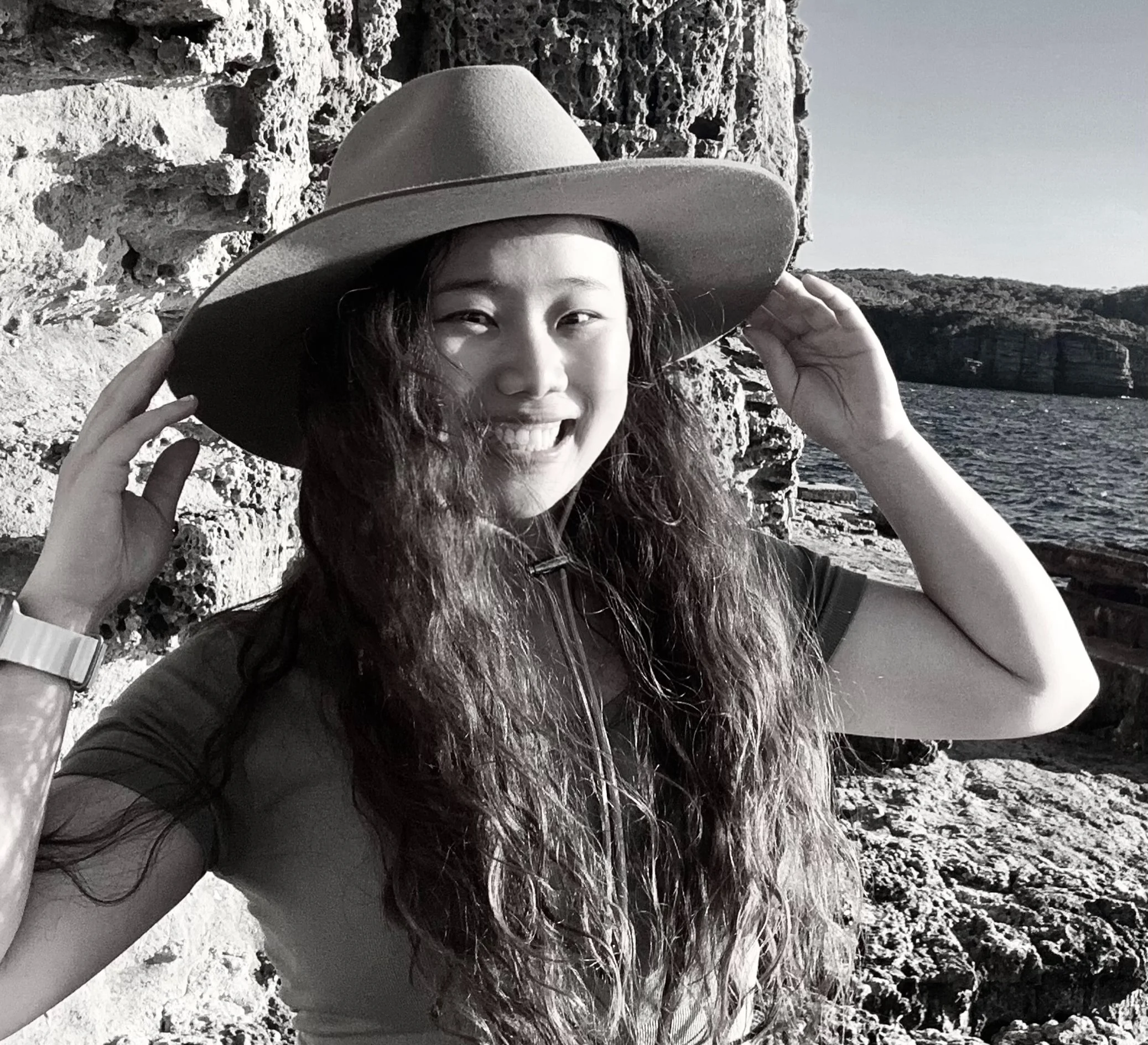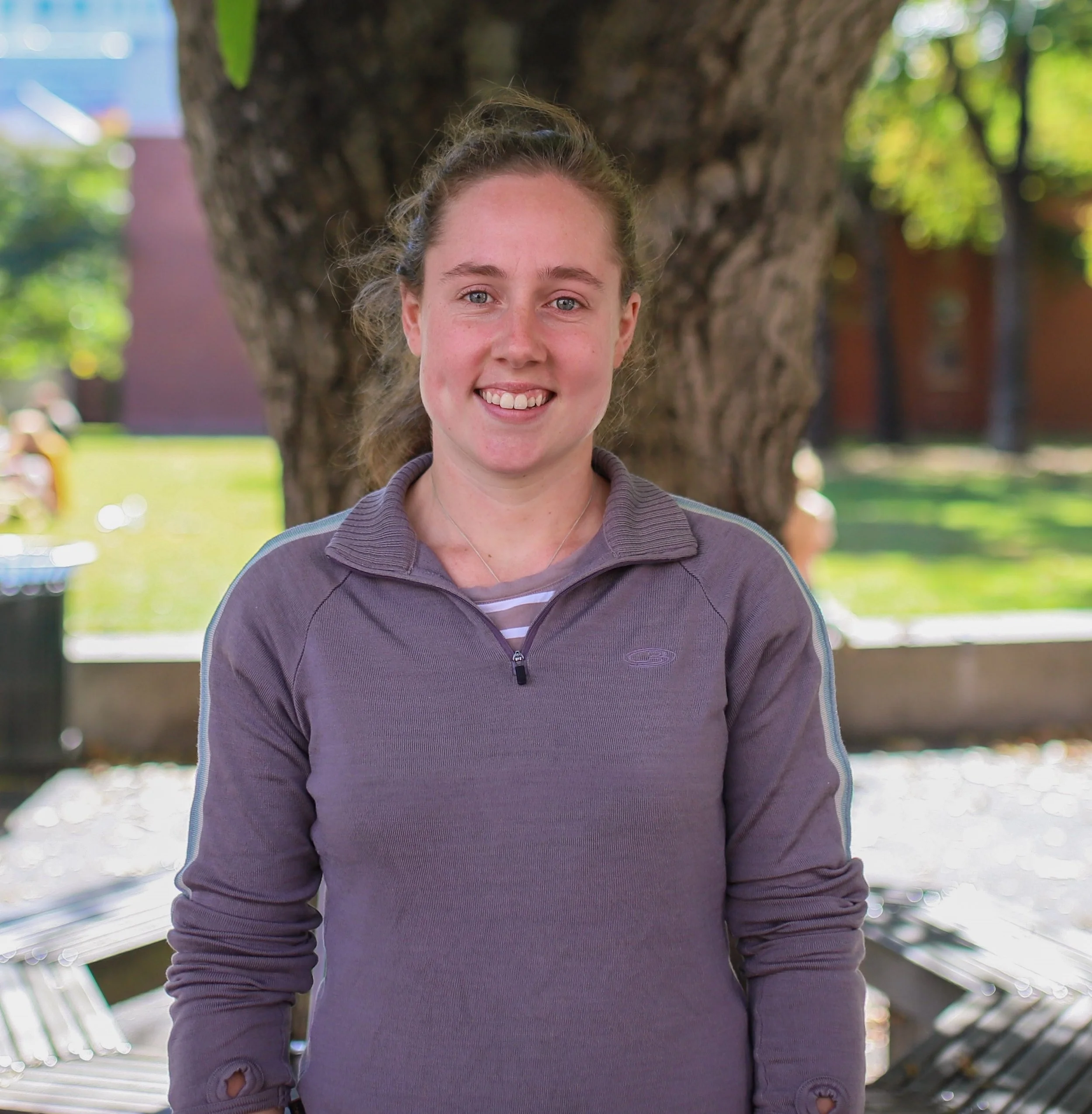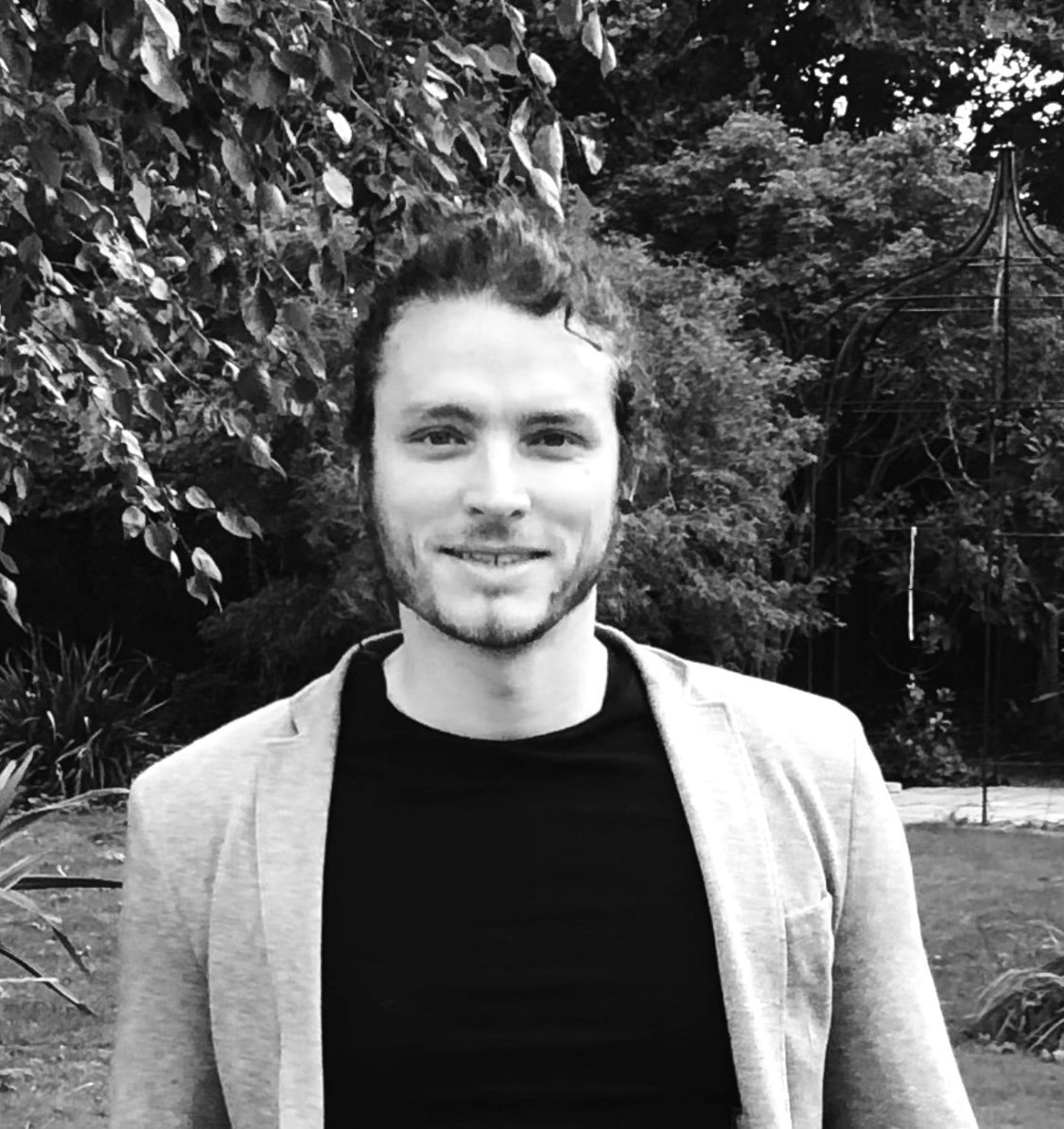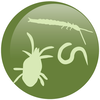Welcome to the Global Soil Biodiversity Initiative
Seeking to promote expert knowledge on soil biodiversity in environmental policy and sustainable land management to protect and enhance ecosystem services
Seeking to promote expert knowledge on soil biodiversity in environmental policy and sustainable land management to protect and enhance ecosystem services

In GSBI’s latest blog, Yijia Tang and others discuss the major factors driving soil bacterial distributions across Australia. Pairing a widespread sampling campaign with machine learning and digital mapping methods, the study offers novel insight into bacterial diversity hotspots. The findings provide a tool to promote soil microbial conservation across the continent. Read the blog to find out what shapes Australia’s diversity beneath our feet!
Moderated by Wim van der Putten


In GSBI’s latest blog, Amelie Hauer explores whether soil invertebrates shift their feeding source depending on whether the forest is dominated by arbuscular or ectomycorrhizal fungi in deciduous forests. Using carbon and nitrogen isotopic signatures in amino acids to estimate feeding source and trophic position, the study tracks invertebrate diets (carbon isotopes) and maps their roles within the soil food web (nitrogen isotopes). Read the blog to learn whether mycorrhizal association affects food web structure or if invertebrate identity matters more.
Free + Open Submission event at the 4th Global Soil Biodiversity Conference, April 12-15, 2026 (https://globalsoilbiodiversity2026.org/)
A Showcase of Soil Biodiversity's Newest Additions
At the upcoming Global Soil Biodiversity Conference 2026 (GSB2026), we’re giving the spotlight to the unsung stars of taxonomy with “Name Drop”: a fast-paced, visually rich slideshow celebrating newly described soil organisms (from the last 5 years). Whether it's a mite, nematode, springtail, fungus, protist, or a soil-dwelling enigma — if it’s named, we want to showcase it.

In GSBI’s latest blog, Dr. Laura Van Galen discusses the difficulty dark taxa cause in ectomycorrhizal fungal conservation and research. Dark taxa are DNA sequences that cannot be matched to named species, or even genera or families in some cases. Although current advances in sequencing technology have allowed for rapid detection of fungal taxa, the findings of these results are limited due to incomplete databases that create these dark taxa. Read the blog to learn more about dark taxa and the future of this field.
The Society for the Protection of Underground Networks (SPUN) and the Global Initiative of Sustainable Agriculture and Environment are offering two student awards to assist with conference costs for the Global Soil Biodiversity Conference 2026 (Victoria, Canada - April 12-15, 2026).
SPUN is offering free registration for seven (7) students globally, and the Global Initiative of Sustainable Agriculture and Environment is offering free registration and a small travel award ($650 each) to two (2) students traveling from Africa. These students will also receive mentorship from senior soil biodiversity researchers and access to networking opportunities throughout the conference.
Applications are due September 15th, 2025.

The abstract submission deadline for the GSB Conference 2026 has been EXTENDED! Abstracts are now due August 15th, 2025 23:59 PDT. Abstracts should align with a minimum of one of seven different themes: 1. Soil Biodiversity Under Threat, 2. Soil Biodiversity as Nature-Based Solutions, 3. Soil Biodiversity Science: From Theory to Practice, 4. Innovations in Soil Biodiversity Research, 5. Patterns in Soil Biodiversity: Space and Time, 6. Soil Biodiversity Across Systems and Taxa, and 7. From Research to Action: Policy, Health & Society.

In GSBI's latest blog, Drs. Pankaj Trivedi (USA), Manuel Delgado-Baquerizo (Spain), and Brajesh Singh (Australia) discuss their recent Viewpoint article about synthetic microbial communities (SynComs). They argue that SynComs are a valuable tool for for studying microbial communities and researchers can apply ecological and eco-evolutionary theories to better understand SynComs and their potential uses and benefits.

In GSBI's latest blog, Dr. Corentin Bisot discusses their recent paper in which they show that fungal hyphae tips grow in a wave-like formation, allowing for carbon efficient expansion. Further, they found bi-directional flows of nutrients between plants and fungi through hyphae. Hyphae contain a single tube (or cytoplasm), which makes this finding particularly interesting. This work used a large dataset (100s of TB) and a custom built microscope/ robot to support these findings.
Moderated by Martin Hartmann


This issue includes 21 high impact articles written by global leaders in the discipline. The special issue can be accessed here. Further, the editor in Chief- Prof Brajesh Singh also announced the foundational annual Diana Wall review. This article was written by Dr. Carlos Guerra (German Centre for Integrative Biodiversity Research (iDiv) Halle‐Jena‐Leipzig,Leipzig, Germany; Department of Geography, University of Coimbra, Coimbra, Portugal) and colleagues - find it here. Lastly, the Global Initiative of Sustainable Agriculture and Environment will provide small funds for up to two training events in developing countries – with particular focus on soil health/ biodiversity and sustainable agriculture. Interested and registered parties can send a synopsis of the training event (one page max) with requested funds to info@globalsustainableagriculture.org or b.singh@westernsydney.edu.au for consideration.

Vice-chair elections will be held this February for the three NETSOB working groups:

Working group-1: on measurement, assessment and monitoring of soil biodiversity
Working group-2: on sustainable use, management, and conservation of soil biodiversity
Working group-3: on economics and policies related to soil biodiversity

In GSBI's latest blog, Dr. Stefanie Lutz and Dr. Marcel van der Heijden discuss their recent paper in which they found that the abundance of arbuscular mycorrhizal fungi (AMF) are often underestimated. AMF research often focuses on Glomeromycota. However, recent discoveries have shown that the Mucoromycota phylum, in particular the enigmatic Endogonomycetes (E-AMF), also form arbuscule-like structures. Their study used long-read sequencing data from a combination of global field surveys including G-AMG and E-AMF and found significantly higher estimates of AMF richness than previously found.
Moderated by Michael Castellano


In GSBI’s latest blog, Dr. Ademir Araujo discusses the establishment of the Caatinga Microbiome Initiative (CMI), which aims to understand how soil microbial communities change during desertification and restoration, and how manipulating these communities could accelerate ecosystem recovery. The Brazilian Caatinga is the most biodiverse semiarid ecosystem worldwide and is the only biome entirely unique to Brazil, which currently faces frequent drought and high temperatures.

In GSBI’s latest blog, Dr. George Brown makes the case for saving and preserving worms used in research projects instead of tossing them to help advance science. The blog and paper associated with it recommends guidelines to scientists for preserving worms and where the specimens can be sent to be preserved.


In GSBI’s latest blog, Dr. César Marín discusses natural selection and the theory of Multilevel Selection and how these concepts can be applied to arbuscular mycorrhizae (AM). To explore these ideas, Dr. Marín recently ran a workshop on how natural selection operates across the biological hierarchy in AM systems. A video of the full workshop can be found in the blog.

Check out GSBI's latest blog, where Dr. Tara Dirilgen (Maynooth University, Ireland) discusses the launch of Ireland's first local soil biodiversity network! The first meeting of the network was 26 June 2024 and had 15 attendees across 8 different Irish institutions. The blog also includes tips for starting your own local network. Ask the GSBI for tips or support on starting a local soil biodiversity network.

In GSBI’s latest blog, Dr. Helen Phillips (University of Helsinki, Finland) discusses their recent paper where they conducted a meta-analysis to measure Global Change (GC) impacts on soil fauna. They found that soil pollution had the strongest negative impacts on soil fauna, although climate change (drought and land use intensification) also had negative impacts on soil fauna.


In GSBI’s latest blog, Dr. Julia Köninger (Universidade de Vigo, Spain) discusses their recent paper where they sought to understand the diversity of soil organisms across 787 sites in Europe. Dr. Köninger’s team analyzed soil DNA to understand which variables drive soil life diversity across different types of ecosystems ranging from croplands to grasslands to woodlands. Surprisingly, they found croplands to host the highest diversity. However, species composition was also most homogeneous there compared to other ecosystems.
Dear GSBI community,
Since Diana Wall's untimely passing, GSBI has been without the leadership of the scientific chair. To fill this gap in leadership, I am pleased to announce that co-founders Wim van der Putten (Netherlands), Johan Six (Switzerland), and Richard Bardgett (United Kingdom) will step in as co-interim scientific chairs for a transitionary period. Together, the GSBI leadership will decide on next steps for GSBI after this interim period. Although GSBI lost both a founder and visionary, GSBI will continue on in her legacy.
Sincerely,
Dr. Leena Vilonen (Executive Director)


In GSBI’s latest blog, Dr. Jake Robinson (Flinders University, Australia) shares his most recent advances in ecoacoustics. In his research, he uses microphones to detect the sounds that soils make. These sounds are then used to make inferences about the abundance and diversity of soil communities. Dr. Robinson uses these sounds (ecoacoustics) to track the effectiveness of soil restoration interventions. Check out the blog to learn more about this innovative research.
It is with deep sadness that we announce that Diana Wall, GSBI founder and scientific chair, has passed. A staunch champion for soil biodiversity science, Diana founded GSBI as a grassroots organization in 2011 together with Wim van der Putten, Richard Bardgett, Johan Six, and Luca Montanarella to connect scientists and inform policy, education, and the public on soil biodiversity. As the leader of GSBI, Diana prioritized the inclusion of scientists from underrepresented groups, the global South, and early career researchers, and advocated for their access to resources. There are very few scientists who have reached out with the intensity and breadth across their field as she did. Diana Wall placed soil biodiversity on the map.
Diana was tireless in her efforts to build up the GSBI and bring soil biodiversity onto the international policy stage. By 2012 she had secured funding from Colorado State University (CSU), hired an Executive Director, organized an international workshop, was invited to speak at the RIO+20 Convention, and initiated work on the Global Soil Biodiversity Atlas (published in 2016). Over the last decade, Diana encouraged the production of the first Global Soil Biodiversity Assessment (2020), secured GSBI participation in the UN’s Convention on Biological Diversity-COP14 and international monitoring efforts such as the Soil Biodiversity Observation Network (SoilBON) and the UN Food and Agriculture Organization’s (FAO) Global Soil Biodiversity Observatory (GLOSOB). She spearheaded the creation of the international Global Soil Biodiversity Conferences (Dijon, Nanjing, and Dublin), and during Covid produced ‘GSBI Speaks’ a series of online webinars to keep the global soil biodiversity community connected.
GSBI Scientific Chair was only one of many scientific roles that Diana held across the field of ecology. We will share additional details about any tributes or celebrations of her life as they become available.

A new paper in the recent issue of Science by W. van der Putten, R. Bardgett, M. Farfan, L. Montanarella, J. Six, and D. Wall highlights the importance of soils and soil biodiversity science for soil health the challenges and promises of new regional and international policies for soil protection and sustainable management.

Read the first-ever report on the State of Knowledge of Soil Biodiversity!
Produced in conjunction with the UN-FAO, ITPS, GSBI, SCBD, the European Commission (EC), and 300+ contributing-scientists, this report is the primary science and policy guiding-document in the world for connecting science to policy recommendations for the conservation and monitoring of soil biodiversity.
Citation: FAO, ITPS, GSBI, SCBD, and EC. 2020. State of knowledge of soil biodiversity - Status, challenges and potentialities, Report 2020. Rome, FAO. https://doi.org/10.4060/cb1929en
Soil biodiversity affects our environment and our wellbeing. Learn about soil organisms around the world in the Global Soil Biodiversity Atlas jointly published by the European Commission Joint Research Centre and the GSBI.

Get updates on what the GSBI is up to and never miss an opportunity to participate in GSBI events and efforts.
Stay up-to-date with the work other GSBI members are doing or share some of your own work in the GSBI blog “Beneath Our Feet.”